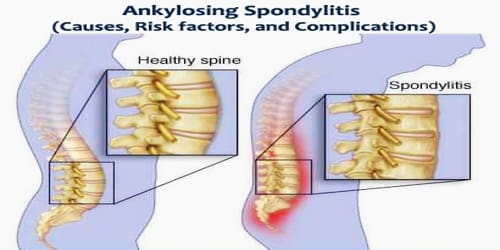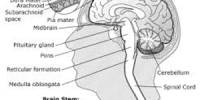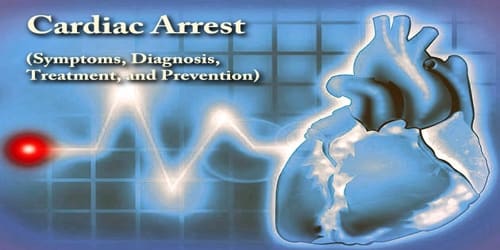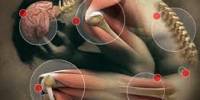Ankylosing Spondylitis (Causes, Risk factors, and Complications)
Definition: Ankylosing spondylitis (AS) is an inflammatory disease that, over time, can cause some of the vertebrae in our spine to fuse. It causes severe inflammation of the vertebrae that might eventually lead to chronic pain and disability. In more advanced cases, the inflammation can cause new bone to form on the spine. This may lead to deformity.
Typically the joints where the spine joins the pelvis are also affected. Occasionally other joints such as the shoulders or hips are involved. Eye and bowel problems may also occur. Back pain is a characteristic symptom of AS, and it often comes and goes. The stiffness of the affected joints generally worsens over time.
Ankylosing spondylitis affects men more often than women. Signs and symptoms typically begin in early adulthood. Diagnosis is typically based on the symptoms with support from medical imaging and blood tests. AS is a type of seronegative spondyloarthropathy, meaning that tests show no presence of rheumatoid factor (RF) antibodies. It is also within a broader category known as axial spondyloarthritis.
There is no cure for ankylosing spondylitis, but treatments can lessen your symptoms and possibly slow progression of the disease.
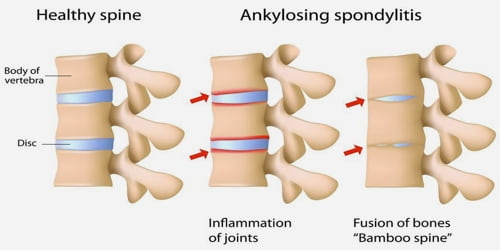
Causes and Risk factors of Ankylosing spondylitis: The cause of ankylosing spondylitis is currently unknown. The disorder does tend to run in families, so genetics probably play a role. If people’s parents or siblings have ankylosing spondylitis, research estimates they are 10 to 20 times more likely to have it than someone with no family history.
In particular, people who have a gene called HLA-B27 are at greatly increased risk of developing ankylosing spondylitis. However, only some people with the gene develop the condition.
Risk factors –
- Sex. Men are more likely to develop ankylosing spondylitis than are women.
- Age. Onset generally occurs in late adolescence or early adulthood.
- Heredity. Most people who have ankylosing spondylitis have the HLA-B27 gene. But many people who have this gene never develop ankylosing spondylitis.
- Ethnicity. This condition is more common in people of Caucasian descent than those of African descent or other ethnicities.
Between 0.1% and 1.8% of people are affected. The disease is most common in Northern European countries and seen least in people of Afro-Caribbean descent. Although the ratio of male to female disease is reportedly 3:1, many rheumatologists believe the number of women with AS is underdiagnosed, as most women tend to experience milder cases of the disease. The majority of people with AS, including 95 percent of people of European descent with the disease, express the HLA-B27 antigen and high levels of immunoglobulin A (IgA) in the blood.
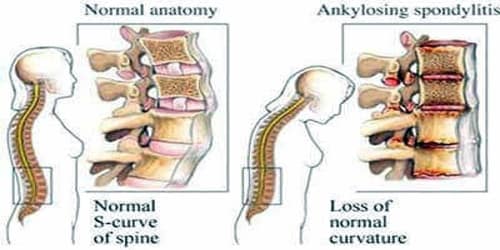
Complications of Ankylosing spondylitis: Ankylosing spondylitis (AS) is most closely linked to back pain. But other areas of our body can swell and hurt, too. In severe ankylosing spondylitis, new bone forms as part of the body’s attempt to heal. This new bone gradually bridges the gap between vertebrae and eventually fuses sections of vertebrae.
If ankylosing spondylitis is left untreated, some complications are possible. These include:
- vertebrae may fuse together because of chronic inflammation
- inflammation can spread to nearby joints, including hips and shoulders
- inflammation may spread to ligaments and tendons, which may make flexibility worse
- difficulty breathing
- eye irritation
- heart, lung, or bowel damage
- compression fractures of the spine
It’s important to seek treatment for lower back pain or chronic joint stiffness. Early treatment can help people avoid these most common complications of ankylosing spondylitis.
Information Source:
